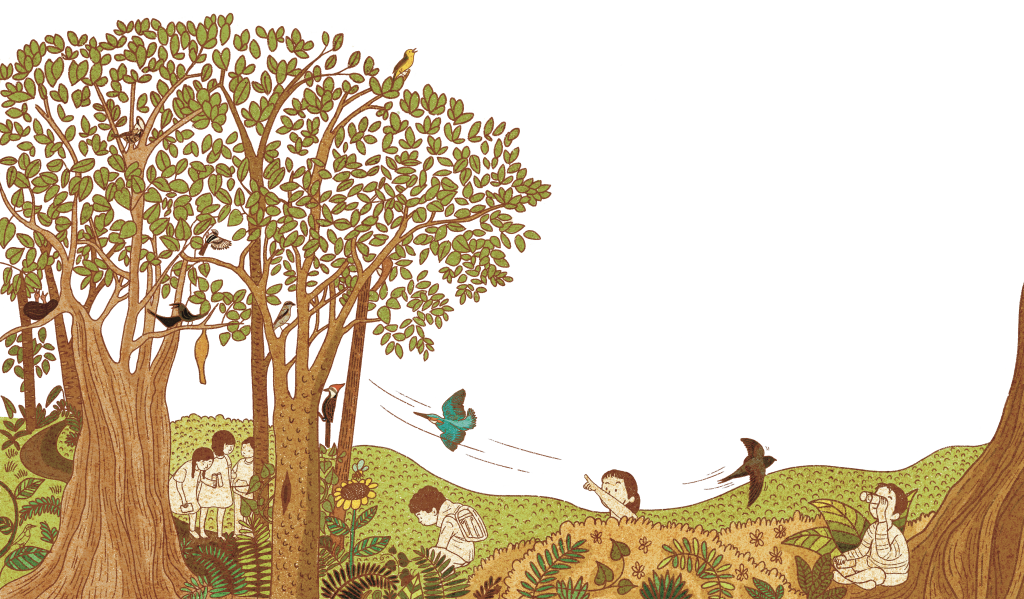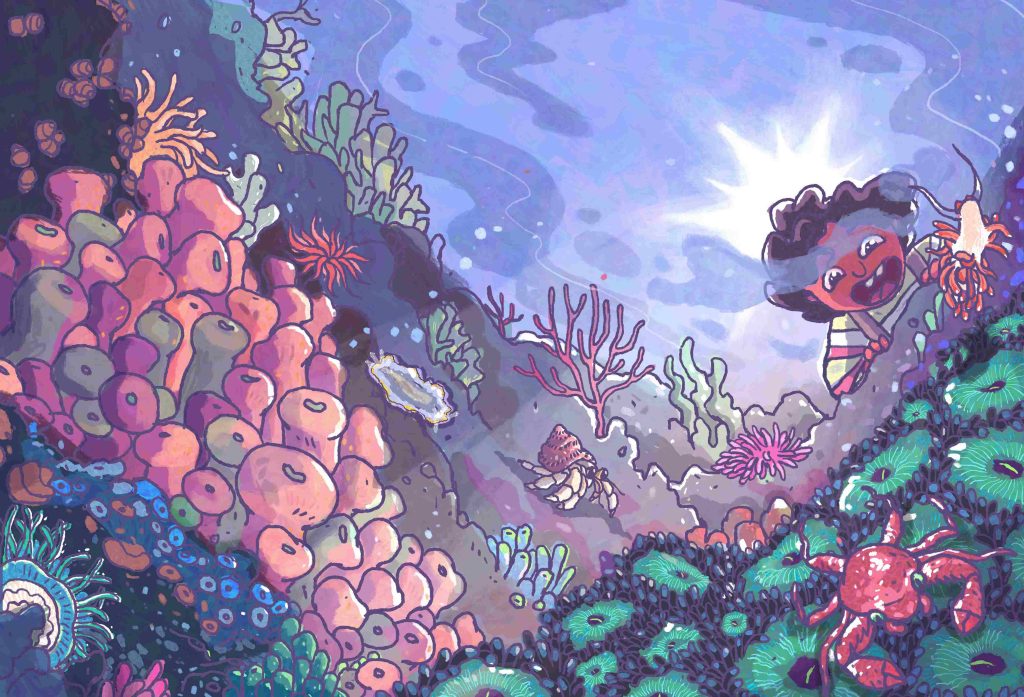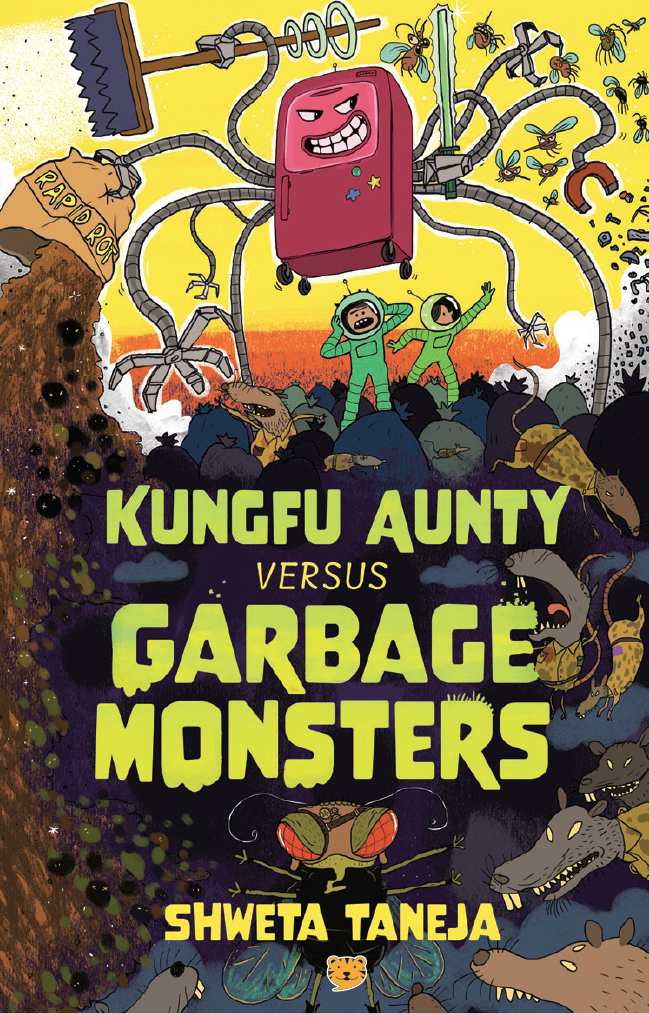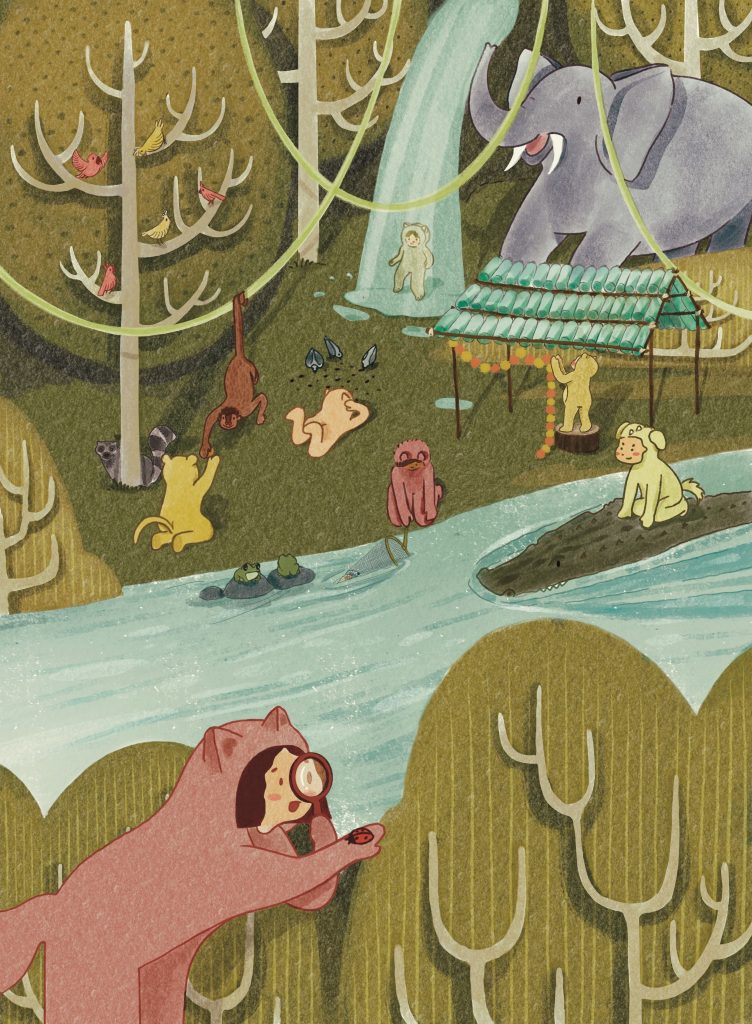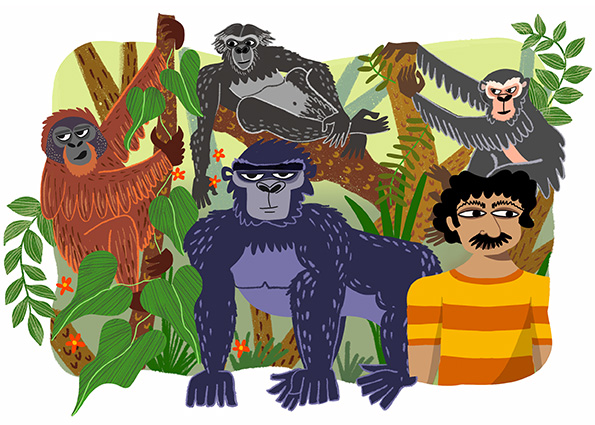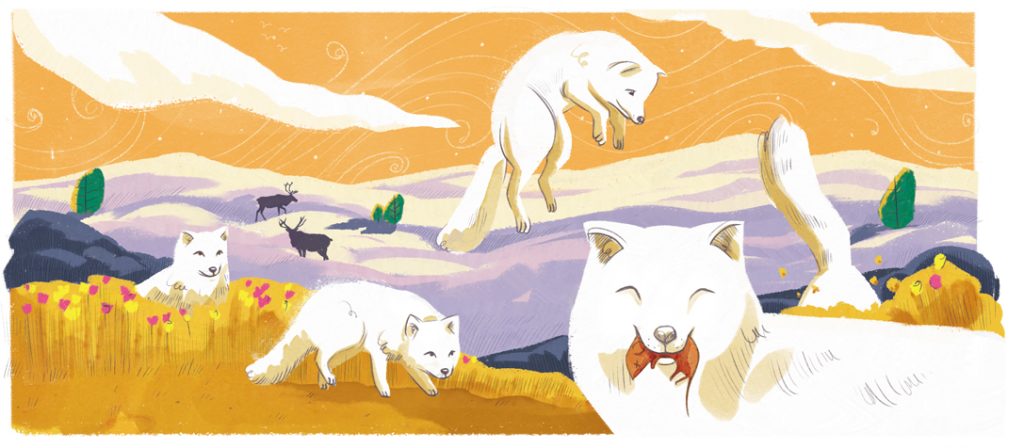Welcome to my world!
As clichéd as that may sound, I mean it. I literally build a world for myself and for all the living things around me. Who am I, you ask? Let’s dive in to find out.
What comes to your mind when I say ocean? The large expanse of blue water, the schools of colourful fish swimming underwater, whales and sharks and octopuses, or the deep, dark waters? Or all of it?
Well, we know that fish and all kinds of marine animals live in the oceans of the world. But have you ever thought about whether the fish live in houses underwater? What if I told you that some of them did? And what if I told you I am their house!
I am responsible for the underwater housing colonies. I am a coral reef. And even though we cover less than one percent of the ocean floor, around 25 percent of all marine animals depend on us. That is why we are also called the ‘rainforests of the sea’.

When you first see me, you might think I’m an underwater plant. I do look like a plant, don’t I? The truth though is that I am not even related to plants. I am an animal! Can you guess which organisms I am more closely related to? The answer is sea anemones and jellyfish.

When I started off, I was tiny. My baby name was planula. I was born along with thousands of other tiny siblings. We swam through the ocean until we found solid ground—a rock on the seafloor. We can be quite picky about where we choose to settle down, because once we settle down, we never move. We need a good amount of sunlight reaching us and just the right kind of ocean currents.

Once settled, I turned from a planula to a polyp. And I am quite a good-looking polyp, if I may say so myself. I have a cylindrical, hollow body. Yes, you heard that right. I have a hollow body. Unlike the skeleton that’s inside your body, mine is outside my body! That’s why it’s called an exoskeleton. It’s like a protective shield for my body. It’s made of calcium carbonate—the same material as chalk, which your teachers use to write on the blackboard. I am known as a hard coral because of my exoskeleton, but you can also find soft corals in the ocean.
My mouth, located at the top of the hollow body, is surrounded by tentacles. And my tentacles have stinging cells! They help me capture food that is swimming or floating around me in the surrounding waters. That’s mostly for dinner. During the day, I have special friends who make food for me. That’s right, I have awesome friends! And not only do they make food for me, they also make me look pretty. Confused? Let me explain.
My family and I are known for our colourful appearance but we are, in fact, translucent! So where do we get our vibrant colours from? The same friends who make our food also give us our colour. We have tiny microscopic organisms living inside us called zooxanthellae. These single-celled organisms are what give us our colour. Just like plants, they use sunlight to make their food. They share this food with us, and we, in return, give the zooxanthellae space to stay. This kind of friendship is called a symbiotic relationship, where we both help each other.
I also have an extraordinary ability to multiply. Like a tree that has branches, I branch out forming a coral colony. Do you know where the largest coral reef on Earth is? It’s in Australia and is known as the Great Barrier Reef.
Coral colonies are found in many different shapes. Some of us look like a brain and are called brain corals. Staghorn corals look like the horns of a stag and sea fan corals are flat fan-like structures.

All kinds of marine life forms live in our colonies. We provide shelter and secret spaces to hide from predators as well as nurseries to rear young ones. Our colonies also offer a large variety of food for the larger fishes and marine animals. From the tiny pygmy seahorse, mantis shrimp, and Christmas tree worm to the parrotfish, octopus, turtle, and reef shark, the coral reefs are used and visited by a wide variety of animals.
But that’s not all. We protect the coastlines from storms and erosion caused by waves. We provide livelihoods and are a source of food for local communities. And on top of all that, we offer excellent recreation opportunities, like scuba diving and snorkelling, for tourists who come to visit us from all over the world. We love welcoming you and showing you around our colonies, but we ask that you do so responsibly and be gentle with us as you swim and walk around us.
Unfortunately, despite being so awesome, we are under serious threat today. We are very sensitive to changes in the ocean that are a result of irresponsible human actions. A rise in the number of natural disasters, such as hurricanes and cyclones, the warming of oceans due to climate change, and water pollution, are some of the reasons why corals are dying everywhere.
When the water temperature rises, the zooxanthellae living inside us leave. As a result, we not only lose our colour and become white, we also lose our food-making friends.
Now that you know about our extraordinary lives, you can help us by telling your friends and family about us and our plight. Learn and understand more about the human actions on land that affect us in the oceans. Be a part of Team Coral and help us stay alive and vibrant so we can continue to house the fish and other underwater creatures, provide food for everyone, and take you on spectacular adventures of the underwater world.


